Imagine stepping into your backyard and being greeted by a canopy that not only provides shade but also transforms your outdoor space into a beautiful retreat. Whether you’re a beginner dreaming of creating a cozy nook or a seasoned homeowner looking to elevate your patio, our guide, “8 Backyard Canopy Ideas for Your Next Project,” is your ticket to an enchanting outdoor haven.
From enhancing aesthetics to offering practical shelter, this curated list holds the key to unlocking the full potential of your backyard. Discover ideas that promise easy installation and timeless style, ensuring you feel confident and inspired to embark on this rewarding transformation. Let’s celebrate the joy of outdoor living, where every moment spent outside becomes a cherished memory.
Select Durable Canopy Materials
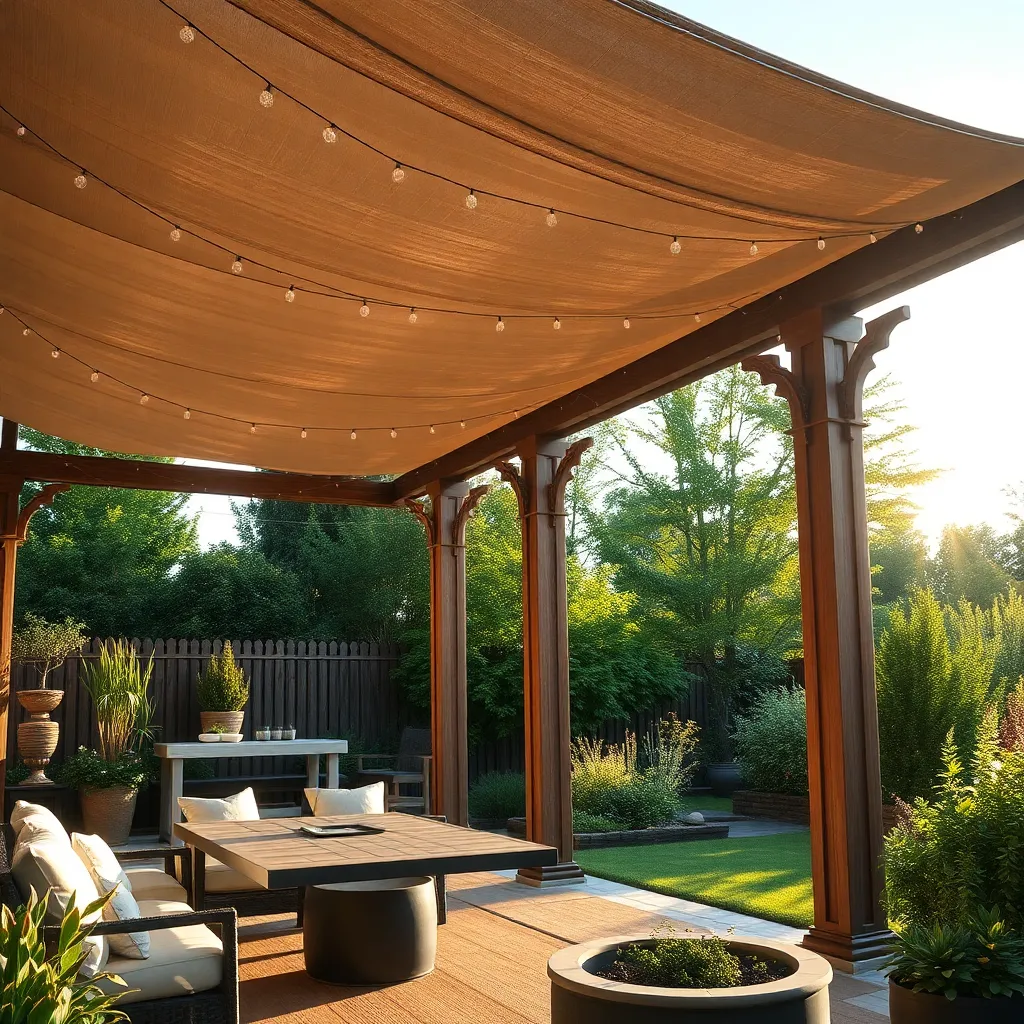
When choosing materials for your backyard canopy, focus on durability and weather resistance to ensure long-lasting protection. Polyester is a popular choice due to its strength and flexibility, but make sure it’s treated to be UV-resistant to prevent fading. Another excellent option is canvas, which offers a more natural look and is highly durable, especially when treated to be water-resistant. For those looking for a more permanent solution, consider aluminum or steel frames paired with weather-resistant fabrics, as these provide a sturdy and elegant structure.
For a professional touch, consider blending materials to enhance both the aesthetic and functionality of your canopy.
- Use wooden beams for a rustic charm, combined with a waterproof fabric top for year-round use.
- Incorporate retractable canopies for flexibility, allowing you to enjoy the sun or shade at your convenience, perfect for varying climates.
- For advanced DIYers, integrating solar panels into the canopy roof can provide eco-friendly energy to power outdoor lights or small appliances.
By thoughtfully selecting and combining materials, you’ll create a canopy that not only withstands the elements but also enhances your outdoor space’s beauty and utility.
Incorporate Adjustable Canopy Heights
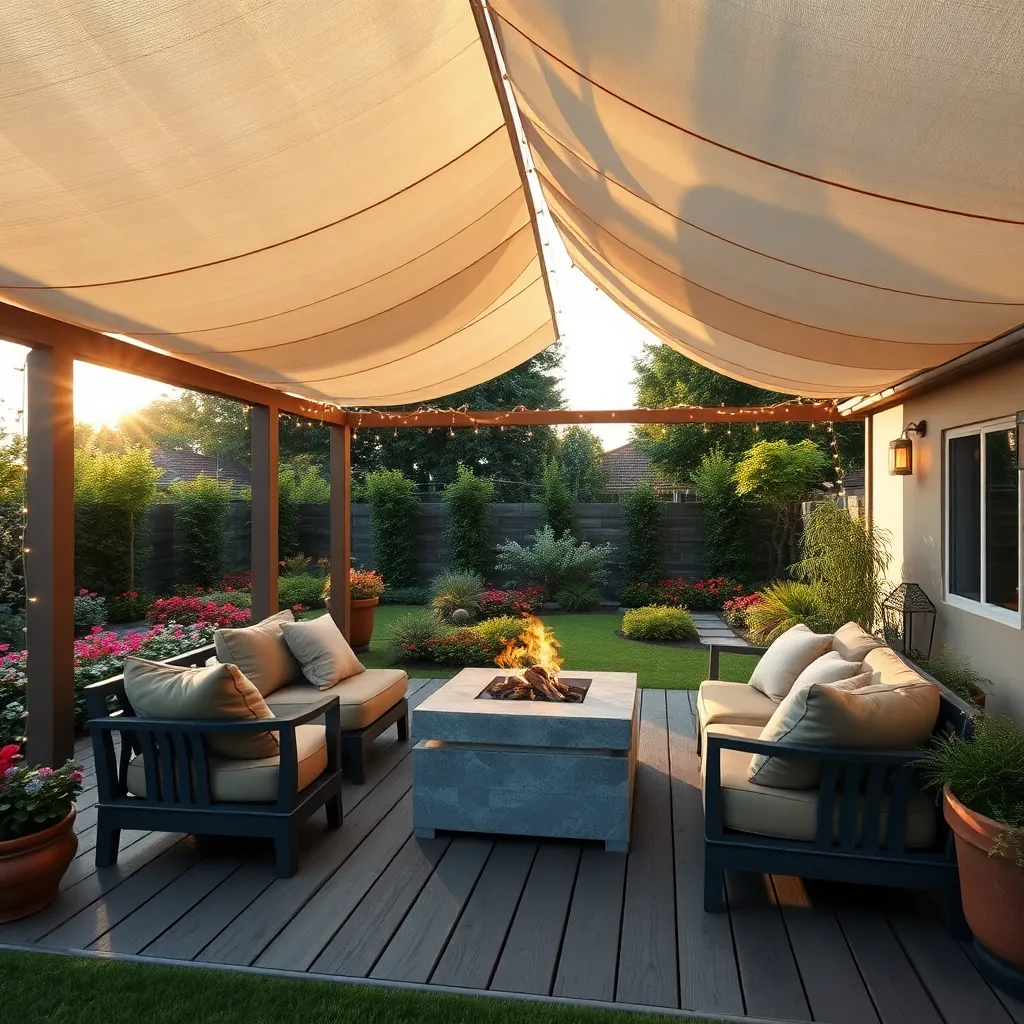
Adjustable canopy heights offer flexibility and functionality, making them an excellent choice for any backyard project. Select a canopy design with telescopic poles or crank mechanisms that allow you to easily raise or lower the height according to the sun’s position or the desired level of shade. This feature is particularly useful for adapting to changing weather conditions or for creating a cozy atmosphere in the evening. For beginners, look for prefabricated models with straightforward assembly instructions, ensuring an easy setup process.
For more advanced designs, consider incorporating a pulley system or using retractable canopies that provide even greater versatility. Materials such as powder-coated aluminum or galvanized steel offer durability and rust resistance, ensuring your canopy withstands various weather conditions. When planning your project, ensure the canopy dimensions fit your space by measuring the area and allowing for a comfortable flow around the newly shaded spots. This attention to detail will enhance both the aesthetic and functional appeal of your backyard oasis.
Add Retractable Shade Options
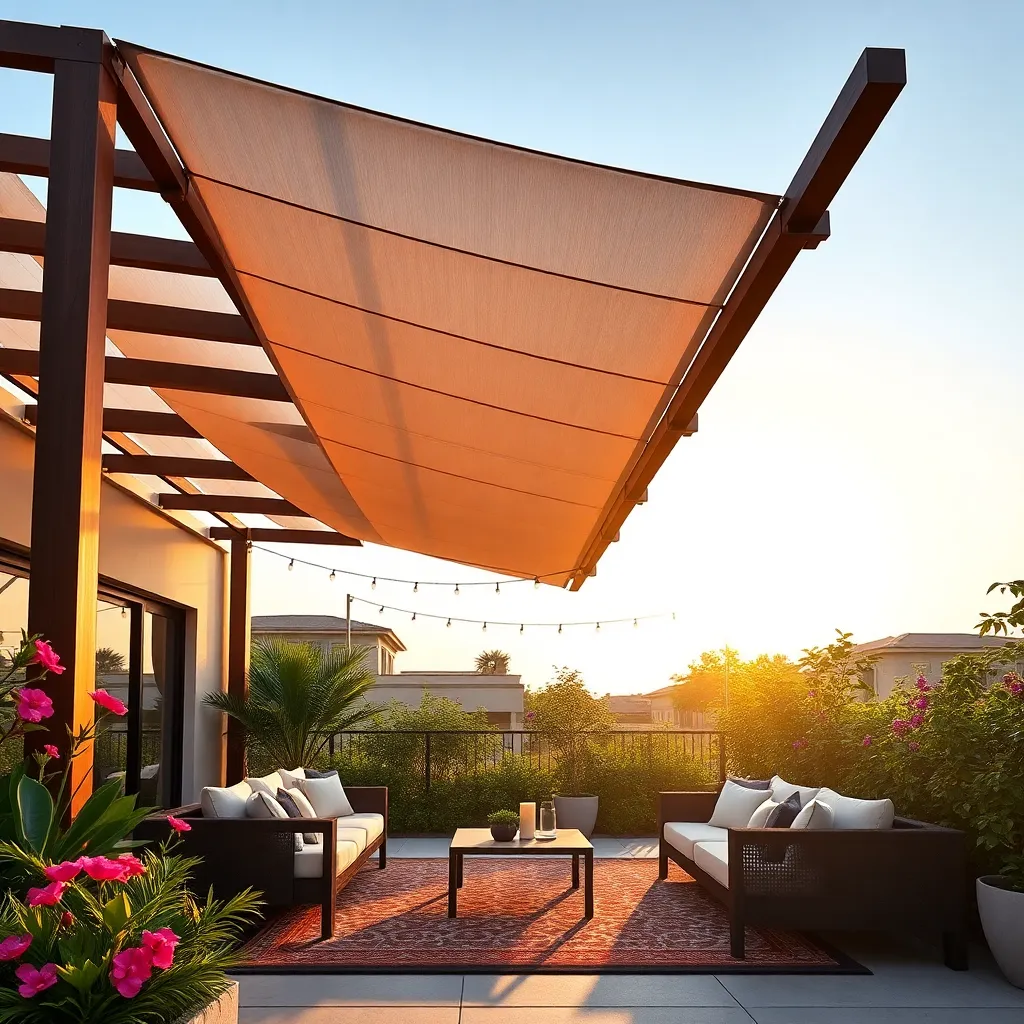
Adding retractable shade options can transform your backyard into a versatile oasis, allowing you to adapt to changing weather conditions easily. Consider installing retractable awnings or pergolas with adjustable louvers for maximum flexibility. These options allow you to control the amount of sunlight and shade, making your outdoor space comfortable throughout the day. When selecting materials, opt for durable, weather-resistant fabrics like acrylic or polyester, which offer UV protection and withstand varying weather conditions.
For a more advanced setup, consider motorized retractable systems that can be controlled with a remote or smart home technology, offering convenience at your fingertips. Ensure that the installation is secure and can support the weight of the materials chosen. For those looking to DIY, basic retractable shade kits are available, often including easy-to-follow instructions and necessary hardware. Always measure your space carefully to ensure a perfect fit, and consult with a professional if you’re unsure about the structural requirements.
Integrate Built-In Seating Areas
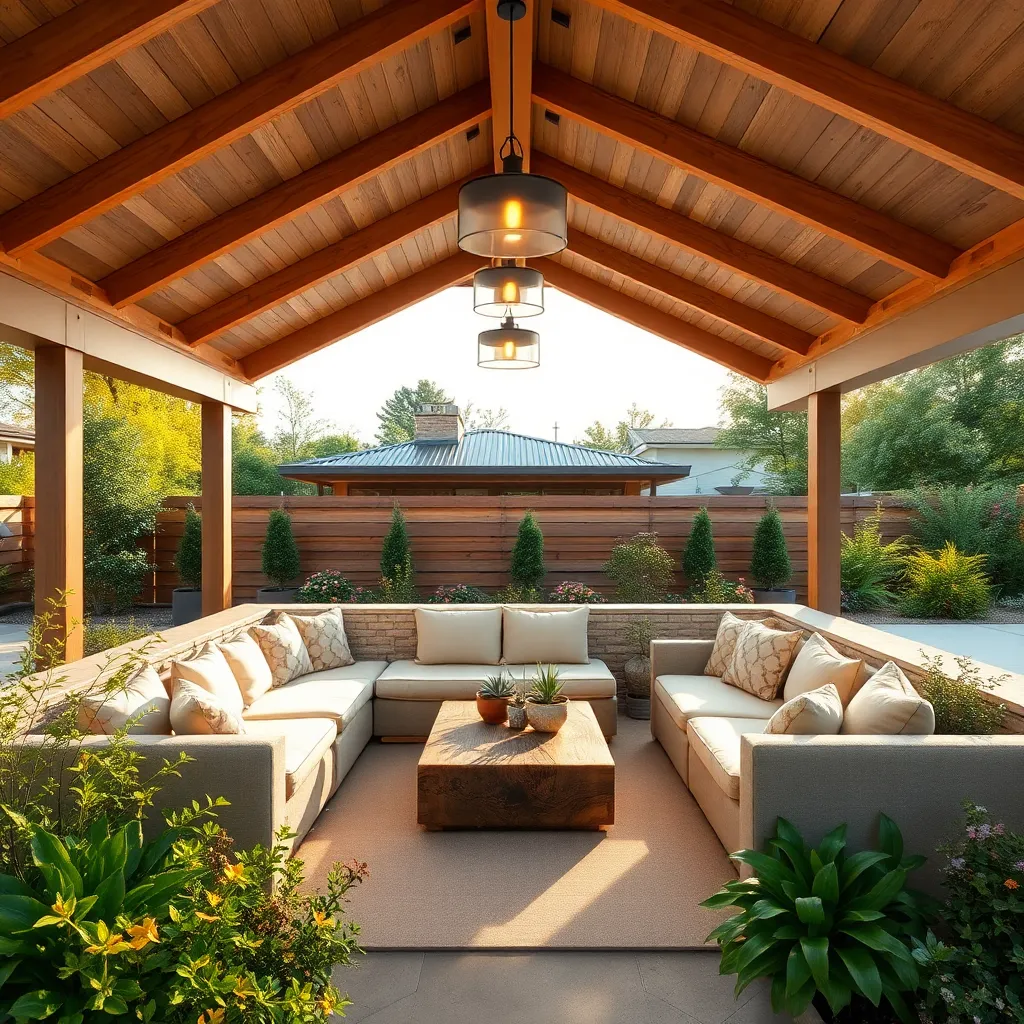
Integrating built-in seating areas under your backyard canopy not only enhances comfort but also maximizes space efficiency. Consider using weather-resistant materials like teak, cedar, or composite wood for durability and low maintenance. These materials stand up well to various climates and require minimal upkeep, making them perfect for outdoor use. You can incorporate storage space beneath the seating by designing benches with hinged tops, perfect for stowing away cushions or garden tools.
For a more personalized touch, customize your seating design to match your canopy’s style. Curved or L-shaped benches can create a cozy nook, while straight-lined designs offer a modern look. Use outdoor-grade cushions and fabrics to add comfort and style, ensuring they are UV-resistant to prevent fading. For advanced DIY enthusiasts, consider adding built-in planters at the ends of your seating to seamlessly blend greenery with your outdoor space, enhancing the natural ambiance and creating a seamless transition between your garden and relaxation area.
Enhance Aesthetics With LED Lights
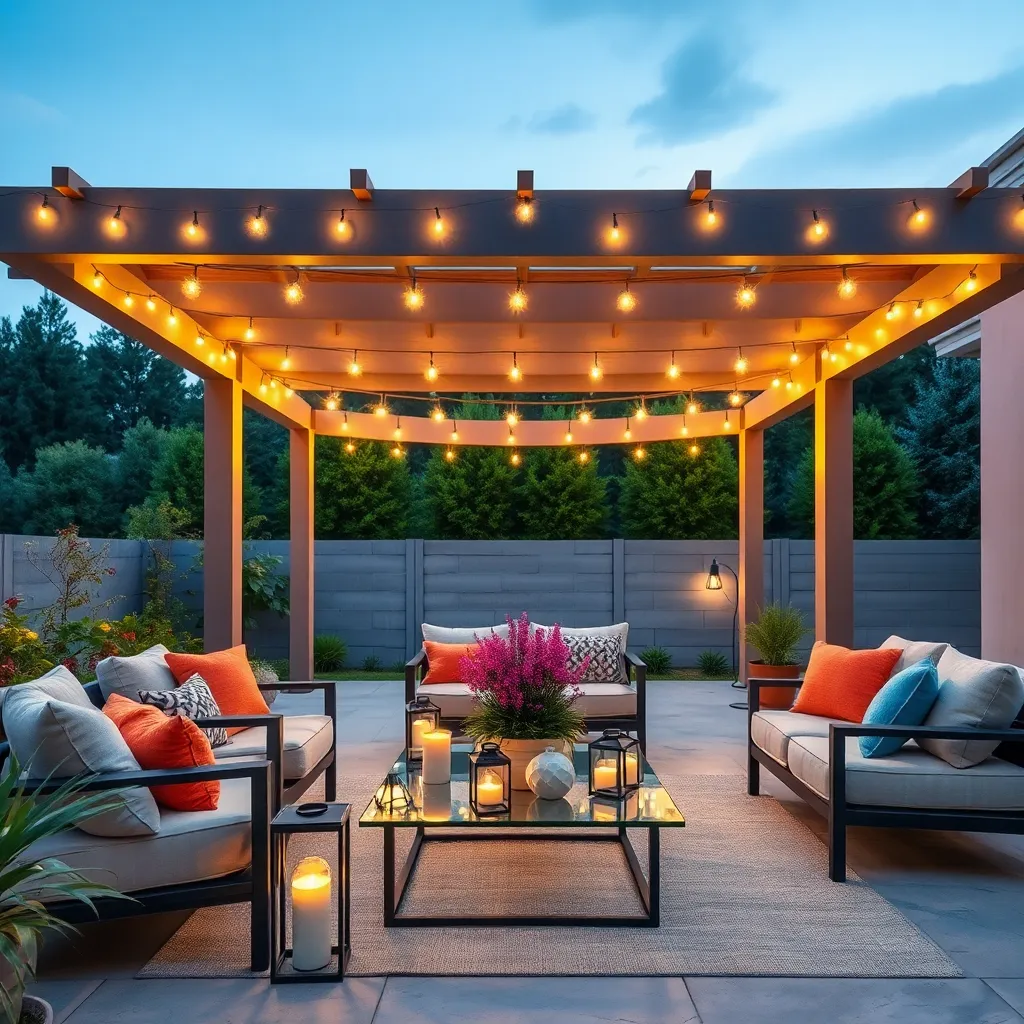
Adding LED lights to your backyard canopy is a simple yet powerful way to enhance its aesthetics and increase functionality. Start by using weather-resistant LED strips or string lights, which are both energy-efficient and durable. Consider outlining the canopy’s edges for a soft, inviting glow or draping them along beams for a more whimsical look. For beginners, a basic setup involves securing the lights with clips or adhesive strips, ensuring they’re properly rated for outdoor use to withstand the elements.
For those seeking a more advanced touch, integrate solar-powered LED options to eliminate the need for wiring and reduce energy costs. Choose lights with adjustable brightness to customize the ambiance according to different occasions. For a polished finish, install recessed LED lights within the canopy structure, offering a sleek, modern look. Remember to space your lights evenly and test different color temperatures—from warm white to cool daylight—to achieve the desired effect in your outdoor space.
Utilize Natural Plant Coverings
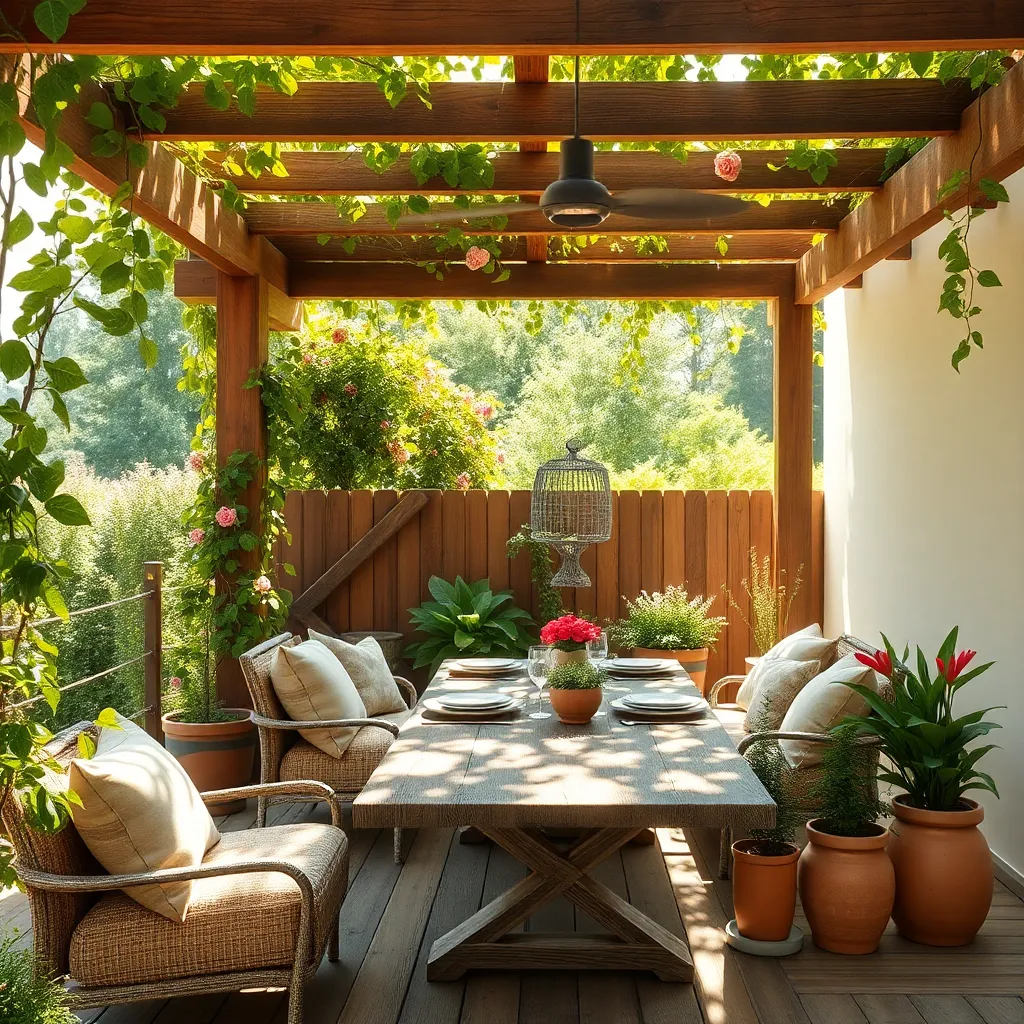
Transform your backyard into a natural oasis by utilizing the lush cover provided by climbing plants. Choose fast-growing vines like wisteria, trumpet vine, or honeysuckle to create a vibrant and fragrant canopy. These plants can be trained to grow over pergolas, trellises, or even simple wire frames, offering shade and a stunning visual appeal. Begin by installing a sturdy framework using weather-resistant materials like cedar or treated lumber, ensuring the structure can support the weight of mature plants.
For a more advanced touch, consider integrating a mix of evergreen and deciduous climbers to maintain year-round greenery while enjoying seasonal blooms. Use galvanized wire or mesh to guide the plant growth, spacing supports about 12-18 inches apart for optimal coverage. Regular pruning will encourage healthy growth and help maintain the desired shape and density of your living canopy. This natural approach not only adds beauty but also invites local wildlife, enhancing your backyard ecosystem.
Opt for Modular Canopy Designs
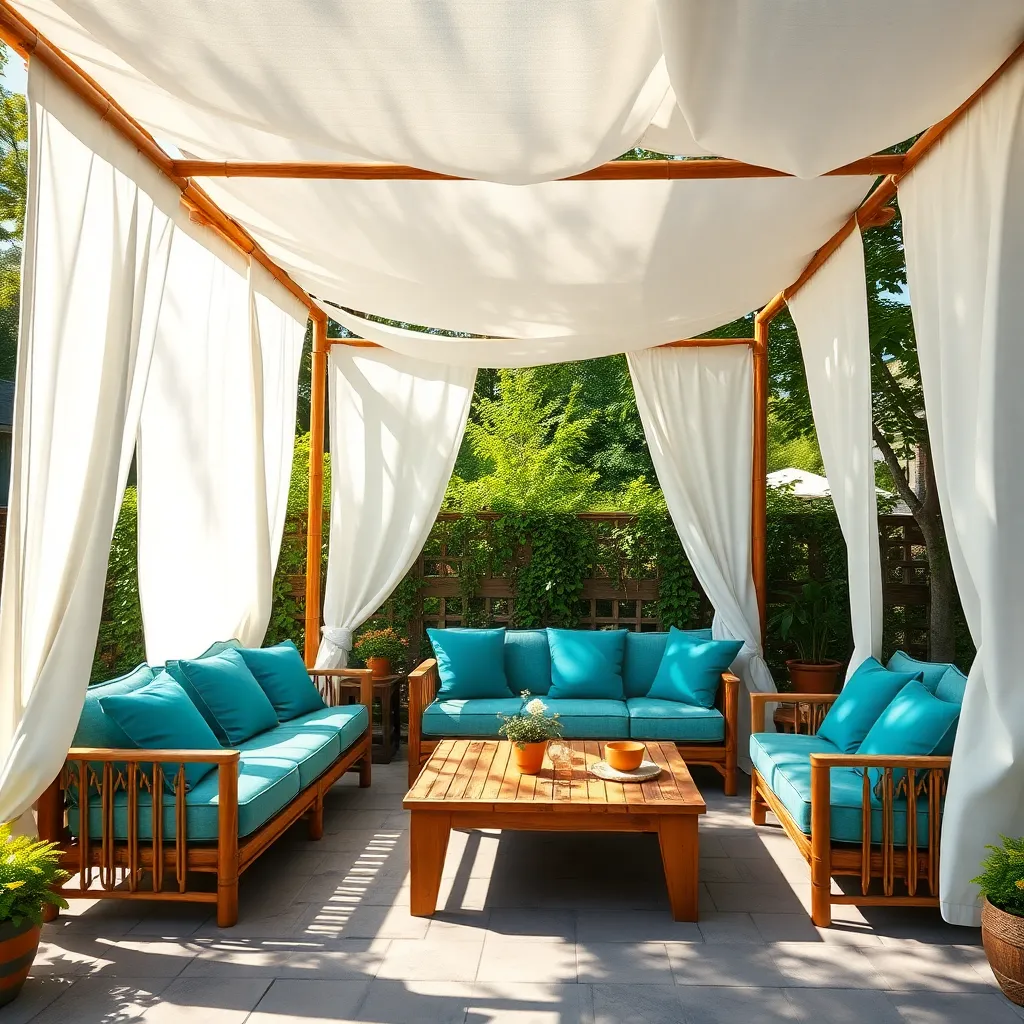
Choosing modular canopy designs offers incredible flexibility and adaptability for your backyard space. These canopies typically consist of interconnected sections that can be easily assembled and reconfigured to suit various occasions. Consider using materials like aluminum for the framework, which is both lightweight and durable, and fabric made from weather-resistant polyester for the covering. This combination ensures longevity and minimal maintenance, making it an excellent option for both beginner and experienced DIY enthusiasts.
For those looking to customize their outdoor area, modular canopies can be enhanced with a range of accessories. Add sidewalls for increased privacy or mosquito netting for pest control to make your space more comfortable. For an advanced touch, consider integrating LED lighting strips or hanging planters from the canopy frame to create an inviting and personalized ambiance. When planning dimensions, assess your space carefully and allow for at least a 10×10 feet area to ensure adequate coverage and stability. This approach not only enhances your backyard’s functionality but also its aesthetic appeal.
Implement Anchor Points for Stability
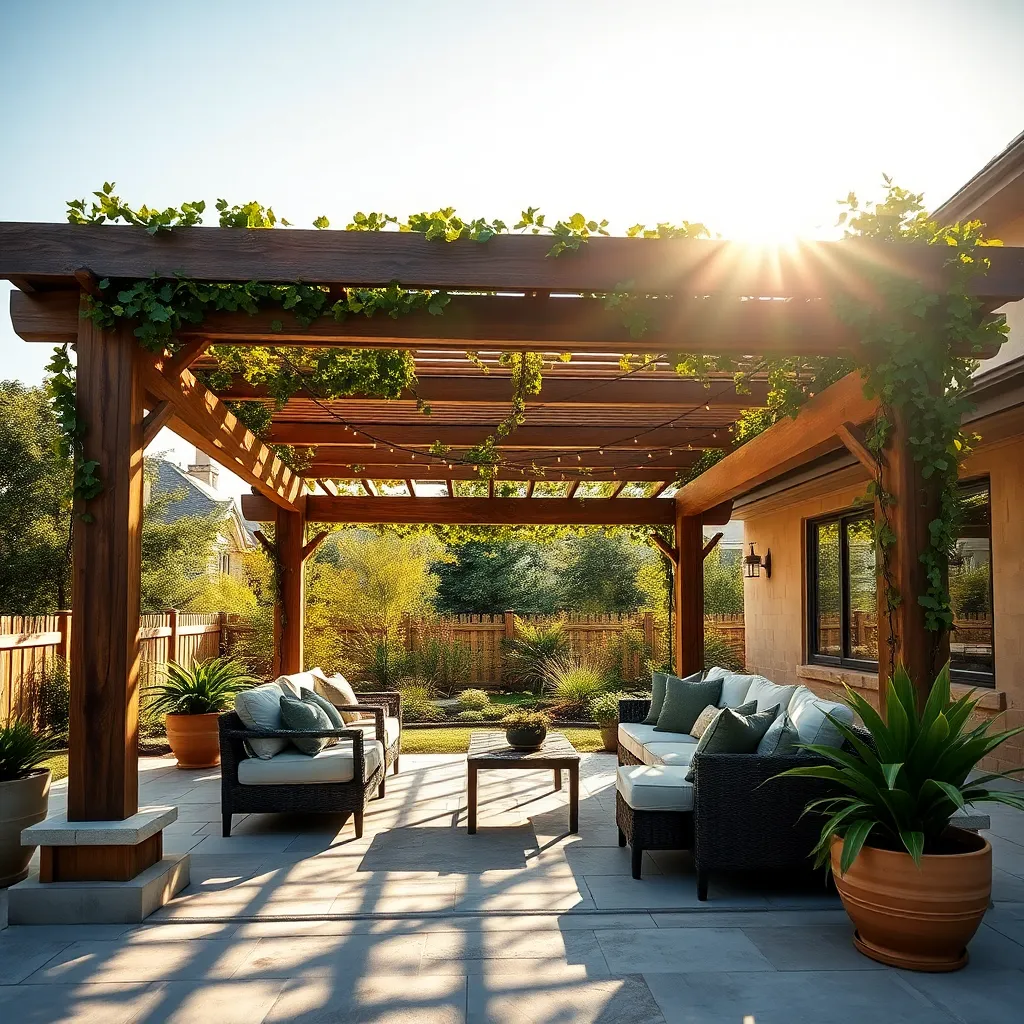
To ensure your backyard canopy remains stable in varying weather conditions, it’s crucial to implement secure anchor points. Start by selecting durable materials like galvanized steel or high-quality aluminum for your anchors, as they offer excellent resistance to rust and corrosion. For beginners, using screw-in ground anchors is a straightforward option—they provide reliable holding power without the need for heavy machinery. Properly spacing them around the structure, typically every 4-6 feet, enhances stability.
For a more advanced setup, consider integrating tension cables or guy ropes with your anchor points for additional support. This technique is especially beneficial in areas prone to strong winds, as it helps distribute the force across the canopy and minimizes stress on any single point. When setting up these cables, ensure they are taut and evenly spaced; using turnbuckles allows for easy adjustments. Regardless of your experience level, regularly check and tighten all components to maintain a robust and secure setup.
Conclusion: Creating Beautiful Outdoor Spaces
In exploring the ‘8 Backyard Canopy Ideas for Your Next Project,’ we delved into the transformative power of creating shared spaces that nurture relationships. From the romantic allure of string lights to the cozy intimacy of a gazebo, each idea serves as a metaphor for building and strengthening bonds. We covered the importance of adaptability with retractable awnings, the grounding effect of natural canopies, and how personalized touches like DIY projects can reflect individual and collective values. The use of sustainable materials encourages long-term commitment, while multifunctional spaces promote versatility in connections. Lastly, incorporating technology ensures your relationship space evolves with you.
Now, take the first step by selecting one idea that resonates most with you and plan a weekend project to bring it to life. This action not only revitalizes your backyard but also deepens the connections with those you cherish.
Remember to bookmark this article for future inspiration and guidance as you continue to cultivate a thriving relationship environment. With intentional effort, your backyard can become a cherished sanctuary, symbolizing the enduring strength of your relationships. Here’s to creating spaces that inspire love, support, and growth—today and always.
